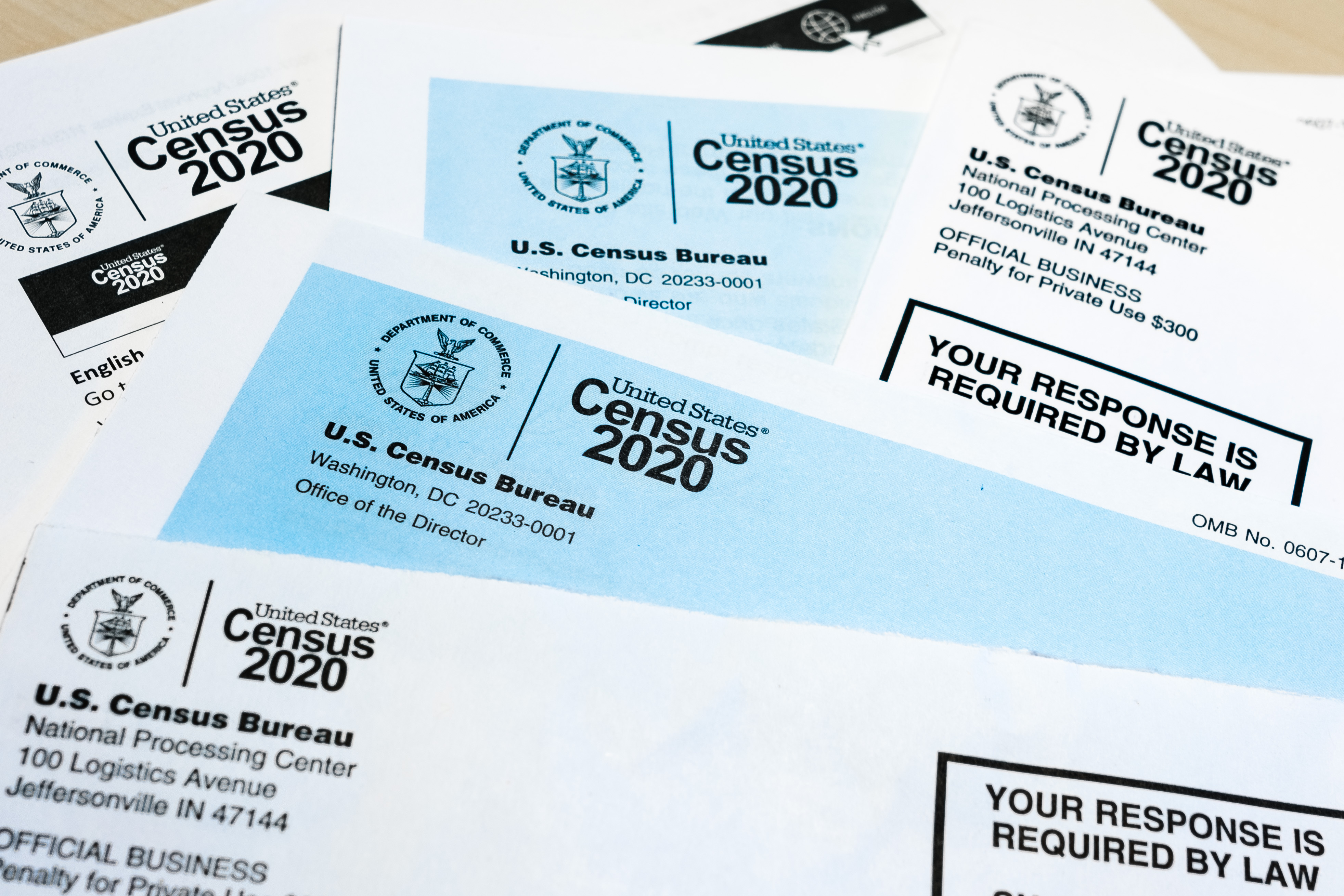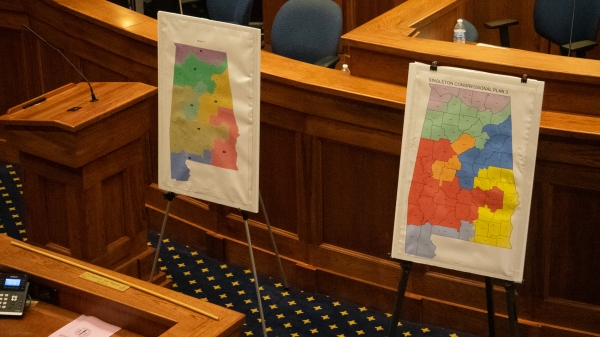The U.S. Census Bureau on Thursday released the data for the 2020 Census. The data confirmed much of what we already knew: the state of Alabama grew, but most of the growth was in a handful of counties, and the state became more diverse, with a large increase in the state’s Hispanic population.
The data shows that Madison and Baldwin Counties experienced very robust growth during the last decade. Madison gained 53,342 residents while Baldwin gained 49,502. They were followed by Lee with 33,994 people, Tuscaloosa County with 32,380 new people, and Shelby County with 27,939 additional residents. The Black Belt counties meanwhile lost population. Meanwhile, Huntsville surpassed Birmingham to become the state’s largest city.
The percentage of the state that identifies as white or Black both declined, with whites continuing to be the majority of Alabamians. The percentage of Alabamians who identify as consisting of two or more races rose significantly from 1.5 percent to 5.1 percent. Those who identify as Hispanic rose from 3.9 percent to 5.3 percent.
Alabama Gov. Kay Ivey is expected to call a special session on redistricting sometime this fall to pass the redistricting plans. Redistricting needs to be complete ahead of qualifying for the major party primaries on May 24, 2022. Republicans control six of the seven congressional seats and supermajorities in both houses of the Alabama Legislature. The districts held by Democrats are presently majority-minority districts.
James Whitehorne is the chief of the Census Redistricting and Voting Rights Data Office.
“Today, we have the special task of publishing the 2020 Census PL 94-171 redistricting summary file data that states may choose to use in redrawing their state legislative and congressional districts,” Whitehorne said. “These data provide the first look at the demographic characteristics of the nation by state, county, city, down to the census block level, and show how our population has changed since the 2010 Census. Today’s release includes statistics on race and ethnicity, voting-age population, occupied and vacant housing units, and people living in group quarters like nursing homes, prisons, military barracks, and college dormitories.”
“We are releasing today’s redistricting data on our public File Transfer Protocol or FTP site,” Whitehorne continued. “Today’s data release is the same format we’ve used since the 2000 Census. For data users, this format requires some additional software and work to extract the data. We are providing a number of supporting materials on our Redistricting Data Program web page to help users work with this format of data. “
“To help the public more easily explore the numbers, we’re also providing an analysis and highlights of what we’re seeing in the data, along with data visualization tools and a 2020 Census data map,” Whitehorne said. “We hope you go to census.gov to further explore the data for your community.”
“By September 30, 2021, we’ll release the data in an easier-to-use format for all data users through our data.census.gov platform,” Whitehorne promised. “Additionally, in September we will provide designated state officials a toolkit in the form of DVDs and flash drives to help them more easily review and extract the data.”
Dr. Ron Jarmin is the acting director of the U.S. Census Bureau.
“It is my honor to represent all of the hard-working staff at the Census Bureau who spent countless hours working to count everyone in the 2020 Census,” Jarmin said. “In April, we released the apportionment results from the 2020 Census, which showed that the total population in the U.S. was 331.4 million and determined each state’s share of the 435 seats in the U.S. House of Representatives.”
As was previously reported, Alabama retained all seven of its congressional seats, surprising many state officials who had anticipated that the state would have dropped from seven congressional districts to six.
“Since then, we’ve had teams working nonstop on the next set of 2020 Census data — the redistricting data,” Jarmin said. “We officially call this release the 2020 Census redistricting data P.L. 94-171 summary file. These data may play an important role in our democracy and also begin to illuminate how the local and demographic makeup of our nation has changed over the last decade. As we have discussed before, the COVID-19 pandemic significantly delayed our schedule for collecting and processing the data for the 2020 Census.
“We have understood the urgency to provide the redistricting data to the states, some of which have tight deadlines. And so, to provide some relief and to provide these critical data to all 50 states, the District of Columbia, and Puerto Rico as soon as possible, we’re providing the exact same data in two releases. The first release is happening today, but there will be a second release in September that will be easier to access and to use.”
The release of the raw data means that the Alabama Joint Committee on Redistricting can begin its work redistricting and reapportioning not only the seven congressional districts but also the state legislative districts and the state school board districts. The joint committee is chaired by state Sen. Jim McClendon, R-Springville, and state Rep. Chris Pringle, R-Mobile.



















































